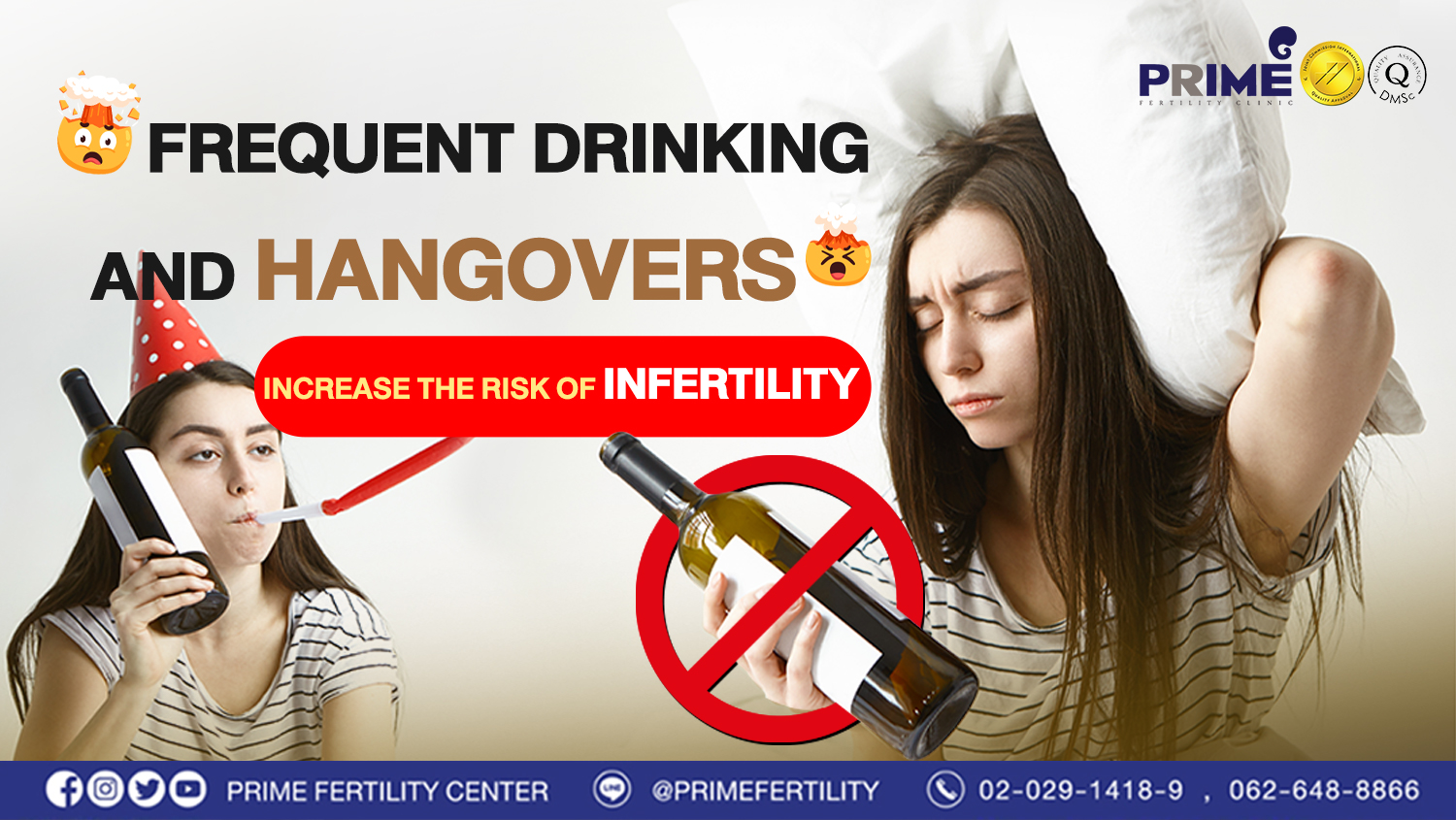Ovulation happens once a month. Generally, the average menstrual cycle is 28 days. Estimated ovulation date will be more accurate when woman has regular period punctually every month.

To determine the ovulation date, you will need to start counting from the first day of vaginal bleeding in your latest period then consider as day 1. Your ovulation date will be on day 14. Once you ovulate, your egg is released from your ovary into your fallopian tube, waiting to fertilize with sperm then becoming an embryo. After that, the embryo reaches the uterus where it implants itself and develops to be the fetus respectively.
Once the egg is released from ovary and it doesn’t combine with sperm (no fertilization) within 24 hours, the egg will decompose and fade away. In response to hormones change together with the unfertilized egg, endometrium will detach and shed from uterus as menstrual bleeding.
A woman’s body is producing various hormones during ovulation period. Therefore, these symptoms may be found as following:
1. Leukorrhea occurs as a transparent mucus in the higher amount and attach to the cervix. Then it can be seen from the vulva.
2. Body temperature is slightly higher.
3. Increased Sexual Desire
4. Breast Soreness
5. Lower Abdominal Pain or Discomfort
These ovulation signs are helping you to notice yourself easier but not 100% confirmation. As some women haven’t found these symptoms while they’re ovulating. However, the ovulation test kit may assist you to know your fertile days exactly. Moreover, the fertility application can calculate your ovulation then making the prediction of ovulation will be easier.
To increase the chance of pregnancy, couples should have sex on the day that cervical mucus occurs and should try to have sex continuously every other day for 1-2 times after the mucus has gone.
–
Reference: Prime Fertility Center Co., Ltd.




